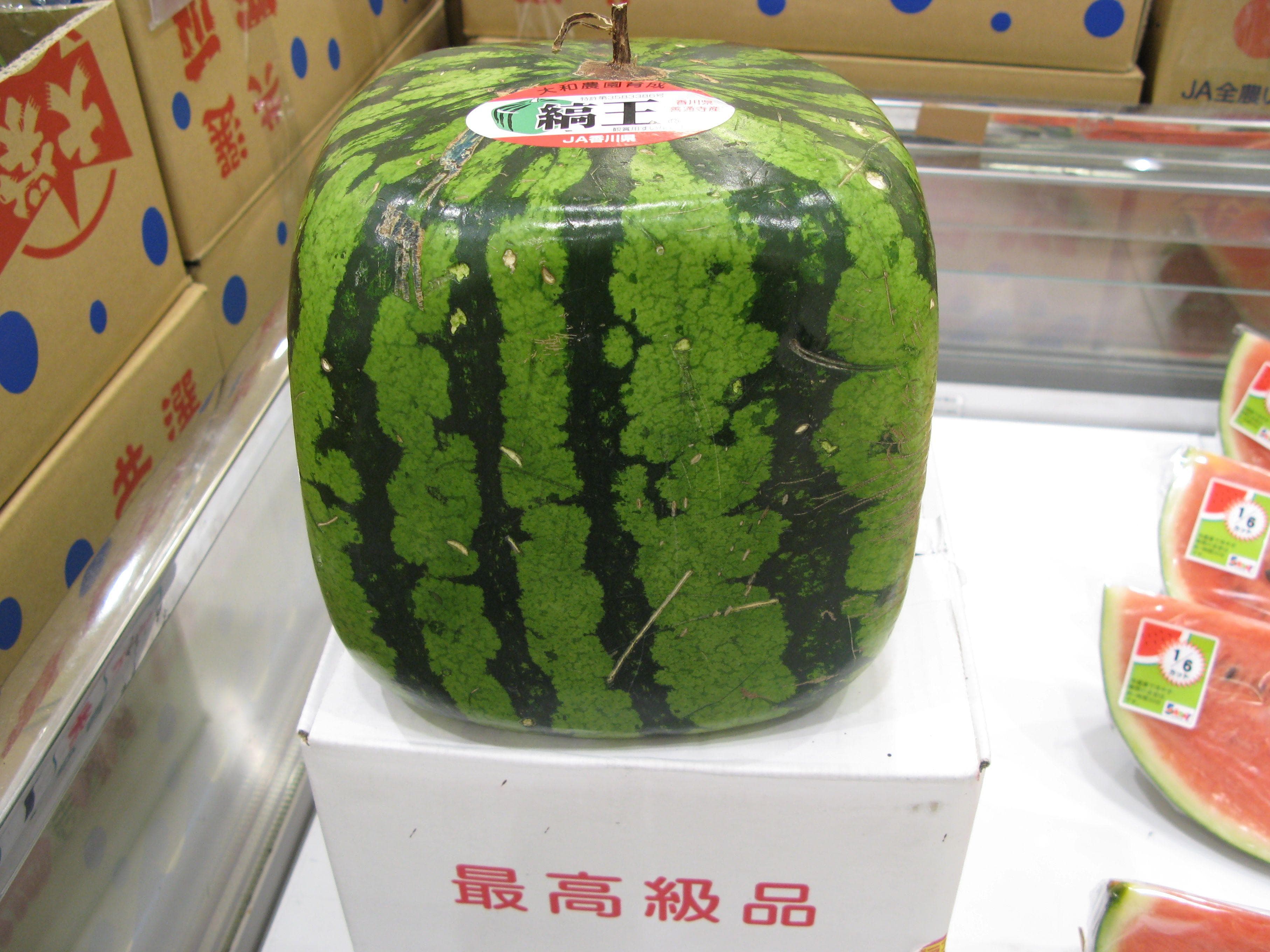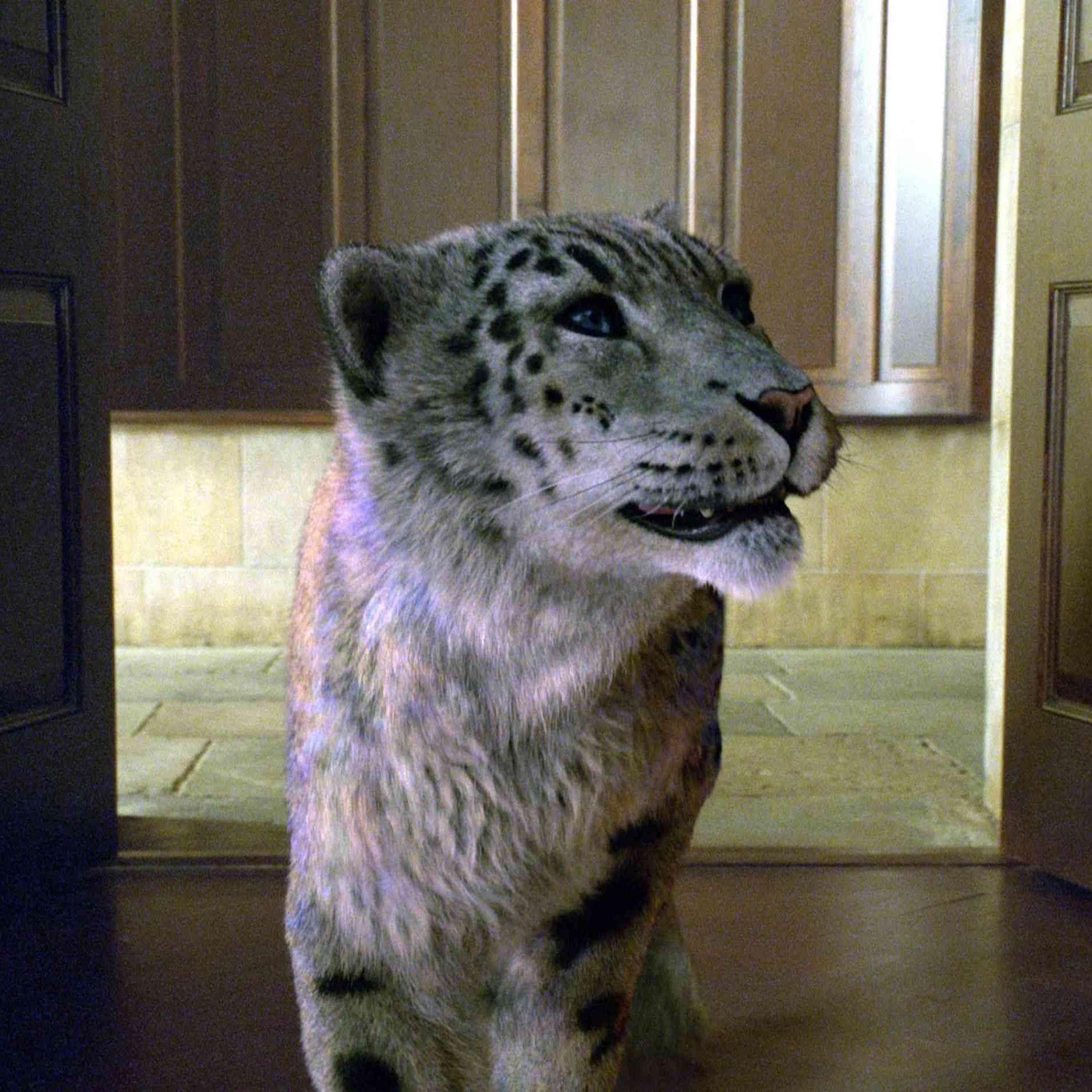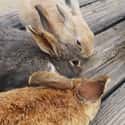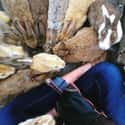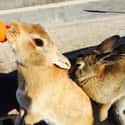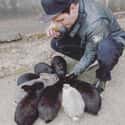-
(#1) Once Called 'Poisoned Gas Island,' 6,000 Tons Of It Was Produced There Over Two Decades
Ten years before the start of WWII, the Japanese government used Ōkunoshima to produce more than 6,000 tons of toxic gas from 1929 until 1945. The island is perfectly located in the East Sea/Inland Sea of Japan, far from civilians and the eyes of enemies.
The gas manufactured included mustard and phosgene, used on the Chinese with a purported casualty toll of 80,000.
-

(#2) The Island Was Removed From Maps To Keep The Project Hidden
Likely already unknown to the general populace, Ōkunoshima was removed from maps of Japan to keep it off the radar of enemies. As the Japanese created so much toxic gas there over nearly 20 years, keeping 'Poison Gas Island' hidden was of high importance to the government due to their agreement to the Geneva Protocol.
This Protocol banned the use of chemical warfare in armed conflicts, hence the need for secrecy.
-
(#3) Legend Has It That Rabbits Were Brought To The Remote Island For Testing
Some speculate that the large population of rabbits now housed on Ōkunoshima are descendants of test animals used during the island's time as a poison gas manufacturing site. However, sources disagree with this idea.
According to The Dodo, Ellis Krauss, professor of Japanese politics at the University of California San Diego, knows that the rabbits used as test subjects did not survive the American occupation of Japan. The American military euthanized the nearly 200 rabbits on the island.
-
(#4) Another Legend Is That A British Couple Brought Their Bunnies To The Island
While there are hundreds of rabbits located on the island today, some theorize that a British couple visiting Ōkunoshima started the humongous pack by leaving their own pets there.
This alleged British couple have no names and there's no timeframe for their visit on the island, but their story persists as the origin of the current friendly, aggressive, and plentiful pack there.
-

(#5) Many People Believe The Bunnies Are The Descendant Of Pets Brought By School Kids In 1971
Many people point to a school trip in 1971 resulting in schoolchildren releasing eight rabbits as the origin of Usaga Jima - Rabbit Island. The island lacks natural predators, forbids visitors from bringing dogs or cats there with them, and is a prime set of circumstances for the infamous breeders to take over.
Unfortunately, food is also scarce and no one knows if the groundwater of the island received decontamination from the poisonous gas fallout, putting the rabbits in an odd predicament for survival.
-

(#6) When Poison Gas Museum Opened In 1988, Larger Numbers Of People Were Introduced To Swarms Of Friendly Bunnies
The Poison Gas Museum opened on Ōkunoshima in 1988, bringing tourists to the island and teaching them about the consequences of chemical warfare. Once tourists encountered the rabbits and their friendly demeanor, the island eventually added a golf course, advertised the beaches, and placed campgrounds.
The rabbits increasingly relied on the visitors for food, as their overabundance ruined the natural ecosystem of Ōkunoshima.
-
(#7) A Video On YouTube Demonstrating A 'Bunny Tsunami' Went Viral, Increasing Tourism To The Island
A huge new audience of people learned of Rabbit Island in 2014 when a YouTube video filmed on the island went viral, attracting students and younger people to the island in the stead of the usual elderly tourists.
Any quick search of the island brings up a myriad of photos showing tourists covered in rabbits. They feed the rabbits, pet them, welcome them into their laps, and provide the perfect advertisement for more visitors to Ōkunoshima. Although cute, it is a vicious circle of the rabbits depending on people to survive.
-
(#8) The Groundwater Might Still Be Poisonous, And The Bunnies Depend On People For Fresh Food And Water
Anyone visiting Rabbit Island receives bottled water to drink during their stay due to the toxicity of the groundwater. This is due to the island's past as a poison gas factory and test facility, which means the rabbits living on the island cannot safely drink the water there either.
The rabbits need visitors to give them fresh water and people are encouraged to provide food for them. While signs across the island tell visitors not to feed the rabbits, the habit is encouraged verbally and by the eager rabbits as well.
-
(#9) Because The Rabbits Are So Dependent On Tourists, They Have A Very Short Life Expectancy
A study of the rabbit population on Ōkunoshima determined that the creatures have a lifespan average of only two years. This is a sharp decline from the domesticated rabbit's life expectancy of around 10 years. The difference lies in the quality, regularity, and abundance of food available to the animals. Rabbits need a daily intake of food to operate at maximum health, but the flux of tourism means Rabbit Island inhabitants may eat like royalty for a few days or weeks before a season change leaves them to starve.
Furthermore, visitors bring foods harmful to the rabbits, such as cabbage, and don't bring anything containing their required fiber. All of these factors lead to an overtaxed ecosystem on the island and a short, unhealthy life for the rabbits.
-

(#10) Many Of The Rabbits Are Ill Or Injured From Tourism
According to Margo DeMello, president of the rescue group House Rabbit Society, the food, interaction, and carelessness of some visitors leaves the rabbits with injuries and ailments. Rabbits require fiber that they naturally find in roots, seeds, and leaves. Unfortunately, many people visiting Rabbit Island bring foods only bunnies in stories eat, such as cabbage, carrots, or regular lettuce. Although some rabbits can tolerate carrots on rare occasions, the cabbage is nigh indigestible for the creatures.
Along with food-related illness, they can suffer from respiratory illnesses caught from their proximity to humans. Those not suffering from the effects are struck down by tourists driving cars and being unable to avoid one of the hundreds of rabbits tearing across the island in search of humans and food.
New Random Displays Display All By Ranking
About This Tool
The Okunoshima island in Japan has attracted the attention of tourists from all over the world in recent years. It is one of the islands in the Seto Inland Sea Artisan Islands. Because there are many rabbits that live on the island, it is also called Rabbit Island. It was designated as the Seto Inland Sea National Park in 1934. But such a lovely island has a very dark history and cruel tragedies.
Rabbit Island was the site of Japan’s poison gas factory during World War II. This island, which disappeared from the map at that time, was used as a site for the manufacture of chemical weapons and human experiments during the war. Our random tool collected random 10 mystery and tragic truths about the island.
Our data comes from Ranker, If you want to participate in the ranking of items displayed on this page, please click here.






